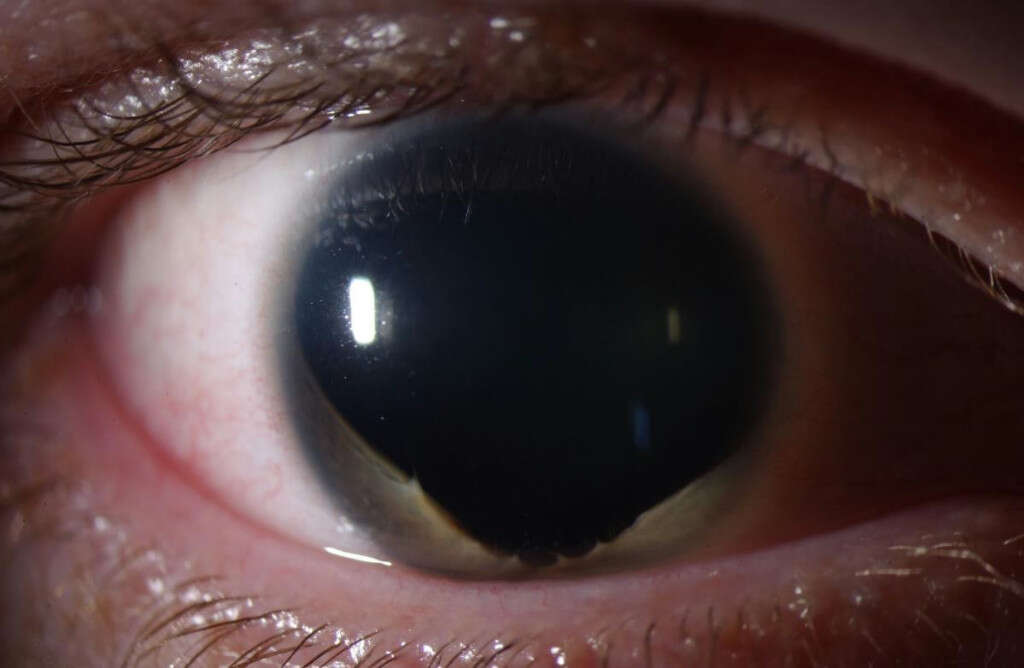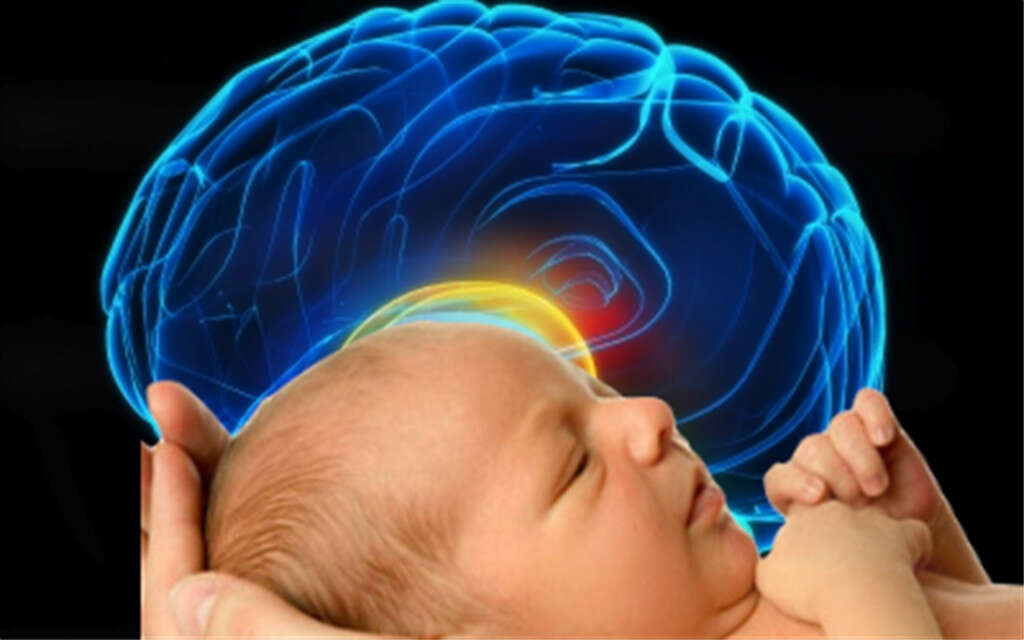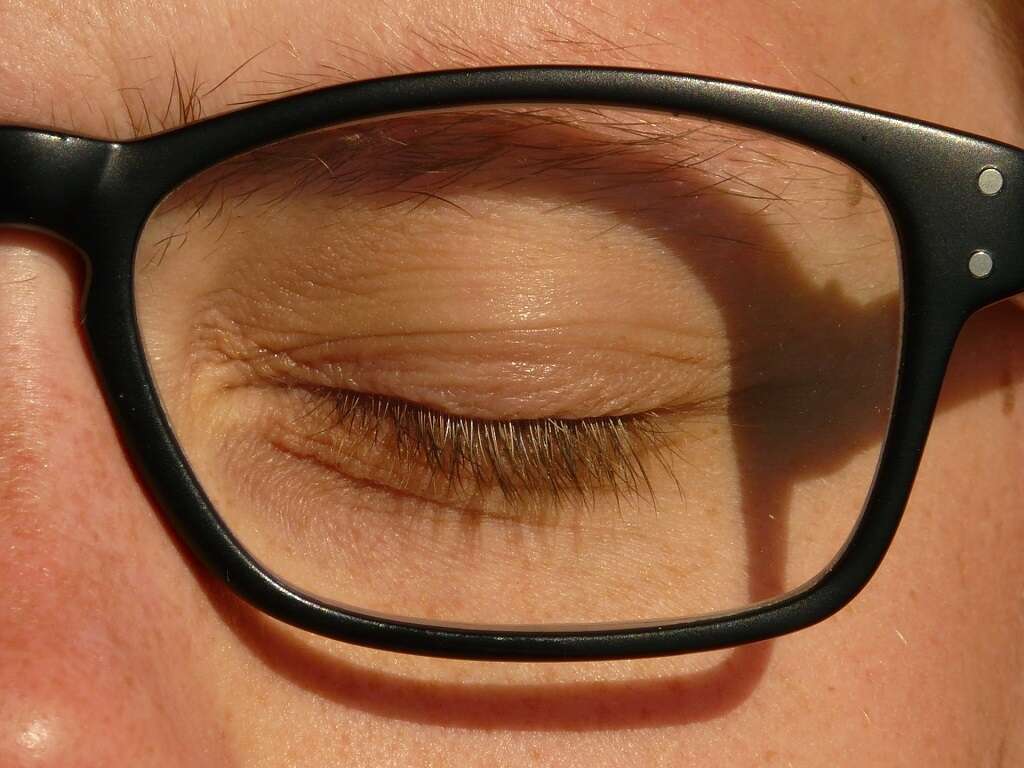10 Causes of Nystagmus
Nystagmus is a condition where there is involuntary eye movement that is acquired resulting in limited or reduced vision. It has also been called “dancing eyes”. Normally, when the head rotates in an axis, the distant visual images are maintained by the eyes rotating in the opposite direction of the axis. Angular acceleration is sensed by the semicircular canals in the vestibule sending signals to the nuclei for eye movement. This signal is then relayed from the brain to the extraocular muscles, so the gaze fixates on the object as the head moves. In patients with nystagmus, the semicircular canals are stimulated although the head is not in motion.
There are two types of nystagmus known as pathological and physiological nystagmus. Both these types of nystagmus have different variations within these types. While nystagmus is easily noticeable, it is rarely recognized. It can be investigated using the caloric reflex test where an ear canal is irrigated with warm or cold water. The difference in temperature gradient triggers the stimulation of the horizontal semicircular canal resulting in nystagmus. The movements of the eyes can be quantified and recorded using devices such as electronystagmography (ENG). It is a form of electrooculography where an electrical method is used to measure the eye movements using external electrodes. Nystagmus can also be assessed by a physical therapist who uses certain movements of the patients head and body to induce the eye movements.
To assess the patient’s eye movements, orthoptists may also use electrooculography or an optokinetic drum. In medicine, a nystagmus can be benign or indicate an underlying neurological or visual problem. There are many causes of nystagmus. Some of the examples are as follows.

Cause #1: Benign Paroxysmal Positional Vertigo
Benign paroxysmal positional vertigo or BPPV is a condition where the main issue arises from the inner ear. It results in symptoms such as vertigo, nausea, nystagmus, vomiting, and more. It can be a debilitating issue which greatly affects daily activities of patients.
BPPV can be due to a head injury or simply occur among older patients. It is thought to be due to a small calcified otolith that moves around in the inner ear. The diagnosis is achieved when the Dix-Hallpike test leads to a nystagmus. While it is not a serious condition and resolves in a week or two, it can be recurring.

Cause #2: Meniere’s Disease
Meniere’s disease is a condition affecting the inner ear resulting in vertigo, tinnitus, fullness in the ear, and hearing loss. While only one ear is usually affected, both ears may sometimes be involved over time. The episodes usually last about 20 minutes to several hours with varying timing and duration. The symptoms in Meniere’s disease can gradually become constant.
While the cause is unclear, experts believe that it may be due to a combination of genetic and environmental factors. Approximately 10 percent of cases are observed to be hereditary. The symptoms of Meniere’s disease is thought to be due to the accumulation of fluid in the labyrinth of the inner ear.

Cause #3: Multiple Sclerosis
Multiple sclerosis is a condition where the insulating covers of nerve cells known as myelin are damaged. This results in the disruption of communication between nervous systems leading to psychiatric, physical, and mental issues. Examples include blindness, double vision, muscle weakness, coordination issues, and more.
Between episodes of attacks, the symptoms may be completely absent. Although unclear, the cause of multiple sclerosis is thought to be due to the failure of myelin-producing cells or destruction by the immune system. It is thought to be due to environmental and genetic factors.

Cause #4: Stroke
In older patients, stroke is a common cause of nystagmus. Stroke occurs when there is poor blood flow to the brain resulting in cell death. It can be caused by two mechanisms: hemorrhagic and ischemic stroke. Affected patients often are unable to move or feel the affected side of the body, dizziness, issues with speech, loss of vision, nystagmus, and more.
The main risk factor for a stroke is high blood pressure, smoking, obesity, diabetes, high blood cholesterol, atrial fibrillation, and more. The diagnosis can be confirmed via a computed tomography scan or magnetic resonance imaging scan.

Cause #5: Tullio Phenomenon
Tullio phenomenon was first described in 1929 by an Italian biologist. He discovered that the associated symptoms include dizziness, nausea, vertigo, and nystagmus. It is usually caused by a fistula in the middle or inner ear causing abnormal sound synchronized pressure changes in the balance organs. It is also one of the common symptoms seen in superior canal dehiscence syndrome.
Patients who are affected often experience symptoms when there is a loud sound and may occur when there are changes in pressure such as during swallowing, nose-blowing, or straining.

Cause #6: Wernicke-Korsakoff Syndrome
Wernicke-Korsakoff syndrome refers to the combination of Wernicke encephalopathy and alcoholic Korsakoff syndrome. Since most patients are often seen with both, it is known as the Wernicke-Korsakoff syndrome. It is caused primarily by a deficiency of vitamin B1. Associated symptoms include ataxia, impaired memory, vision changes, nystagmus, and more.
It is a disorder most commonly seen among alcoholics. The late diagnosis can result in death in 20 percent of cases while an additional 75 percent experience brain damage. 25 percent of Wernicke-Korsakoff syndrome patients need long term care.

Cause #7: Noonan Syndrome
Noonan syndrome is a hereditary disorder. Named after a pediatric cardiologist, it is quite a common autosomal dominant disorder. Patients who are affected often experience congenital heart defects, learning difficulties, short stature, pectus excavatum, characteristic facial features like flat nose bridge or webbed neck, and impaired blood clotting. Noonan syndrome is seen in 1 in every 1,000 to 2,500 children worldwide. It is a common genetic syndrome.
However, the severity of symptoms can vary greatly and is not always identified in the early ages. Besides nystagmus, other symptoms seen in the eyes are ptosis, hypertelorism, proptosis, strabismus, epicanthal folds, and refractive visual errors.

Cause #8: Aniridia
Aniridia is a disorder of the eye where there is absence of the iris, usually in both eyes. Patients with aniridia may have severely compromised vision. It is a condition that is often associated with ocular complications such as buphthalmos, amblyopia, nystagmus, and cataract.
Aniridia can also occur in patients with kidney nephroblastoma, Gillespie syndrome, genitourinary anomalies, and more. Aniridia can be divided into sporadic and hereditary forms.

Cause #9: Head Trauma
A head trauma or injury can occur due to falls, accidents, assault, traffic accidents, and more. Approximately 1.7 million cases of head injury occur in the United States every year with 3 percent resulting in death.
Associated symptoms of head injury include loss of consciousness, vomiting, abnormal behavior, sleepiness, severe headache, mismatched pupil sizes, nystagmus, and more.

Cause #10: Canavan Disease
Canavan disease is a hereditary condition that causes degeneration and progressive damage to nerve cells in the brain. It is one of the commonest degenerative diseases that affect the brains of infants. Symptoms of the Canavan disease usually appear during early infancy ranging from three to six months.
The disease then progresses rapidly with intellectual disability, abnormal muscle tone, feeding difficulties, loss of motor skills, megalencephaly, paralysis, blindness, nystagmus, and seizures. Treatment for Canavan disease is symptomatic and supportive.












